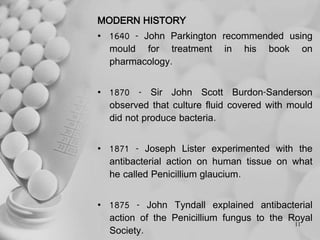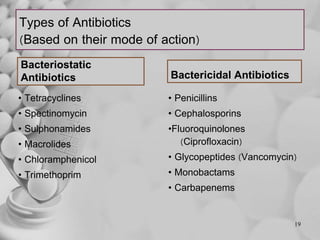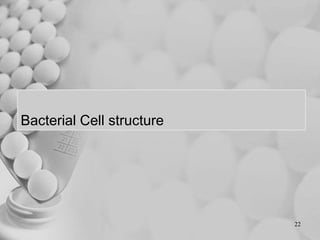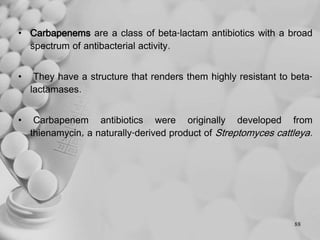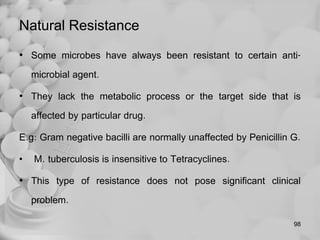The document provides an overview of β-lactam antibiotics, detailing their history, classification, mode of action, and types, as well as the bacterial cell structure they target. Key antibiotics discussed include penicillins, cephalosporins, and carbapenems, along with their mechanisms of action, spectrum of activity, and potential resistance issues. Additionally, it highlights the significance of antibiotics in managing bacterial infections, especially in dental practice.










